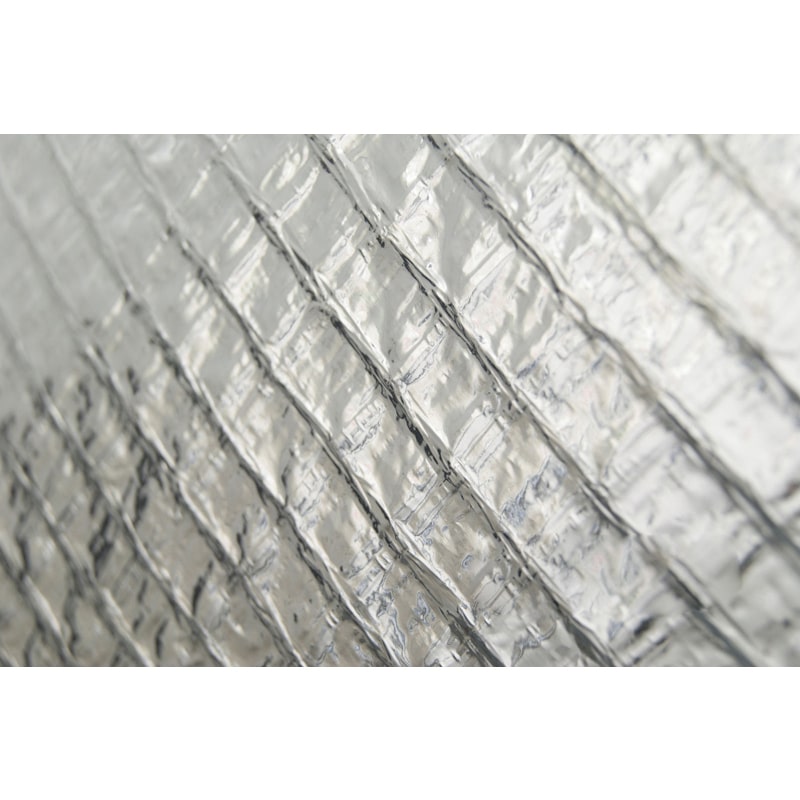How to Use Aluminium Foil as a Wall Application
Insulation and waterproofing are two of the most common uses for aluminium foil, a flexible and useful product in the construction sector. One of the most common applications for this material is wall insulation, which provides numerous benefits to both new construction and restoration projects.
Insulating walls using aluminium foil offers several advantages.
Aluminium foil is an effective insulator because it reflects heat, a property of thermal insulation. The use of this material on walls helps to keep temperatures inside the building stable by reflecting radiant heat back into the space, which increases energy efficiency.
Moisture Control: The aluminium foil acts as a vapour barrier, preventing moisture from infiltrating the walls and causing damage. This is critical to avoiding problems like as mould and humidity, which can harm a building’s structural integrity and the quality of the air inside.
Aluminium foil is a cost-effective solution that reduces installation time and manpower costs. Aluminium foil is light and easy to install.
The Installation Process
Installing aluminium foil on walls is a simple technique that involves a few steps. These methods ensure that the foil functions optimally as both an insulator and a vapour barrier.
The wall should be prepared by cleaning, drying, and removing any protrusions that could harm the foil.
Use the wall measurements to calculate the wall’s proportions, and then cut the aluminium foil to match. To ensure that all sections are covered, cut them into larger pieces.

When applying the foil, start at the top and work your way down, smoothing it as you go. This will help you remove air pockets and creases. To guarantee that the barrier is continuous, use high-tack aluminium foil tape to seal the edges and seams.
The insulation and moisture barrier must be maintained by properly sealing all edges and seams with aluminium foil tape. This will ensure that the insulation and barrier are intact.
Extra Insulation (if Necessary): To optimise thermal performance, additional layers of insulation may be required on top of the aluminium foil. This will be determined by the exact needs of your project.
Additional Benefits
- Applying aluminium foil to the inside walls of a structure can improve thermal insulation and keep comfort levels consistent throughout the year.
- When applied to exterior walls, aluminium foil acts as a primary barrier against external moisture and temperature changes, forming a long-lasting and weather-resistant layer.
- Soundproofing and maintaining certain room temperatures can be performed by applying aluminium foil to partition walls, which can be used in multi-unit buildings or large rooms.
Final Thoughts
When it comes to construction projects, using aluminium foil as a wall application provides significant benefits in terms of energy efficiency, moisture management, and cost savings. It is a good choice for both new construction and renovating projects due to its ease of installation and versatility.
If you need more information on specific items or installation procedures, visit the Trade Store Online blog for more resources.

Bestselling

Aluminium Foil Membrane – Vapour Barrier and Thermal Insulation – 1.5m x 10m (15 SQ/M)
Product code: 154065A
- Lightweight, very easy to install and extremely cost effective.
- Multi layered thermal aluminium foil reflects heat and deflects cold
- Prevents moisture and condensation build up
- Fully waterproof thermal insulation - highly reflective and durable surface reduces heat loss
- Multi-purpose thermal insulation and vapour barrier - suitable for use in walls, floors, underfloor heating, outdoor structures, attics/lofts and roofs
- Best selling product for new installations and refurbishment projects
